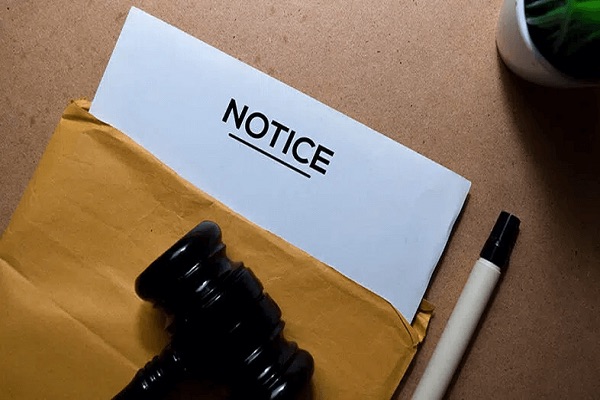
Section 2 of the Party Wall etc. Act 1996 governs work on existing party structures, including shared walls, floors, and partitions that separate or connect different buildings. This legislation establishes requirements for carrying out work on these shared structures and mandates proper notification to adjoining property owners.
Legal Obligations for Shared Wall Construction
When undertaking building or renovation work adjacent to or on existing party walls shared with neighbors, property owners must understand their responsibilities under the Party Wall etc. Act 1996. Section 2 specifically addresses work on existing shared structures through what is commonly known as a Party Wall Notice Section 2.
This legislation protects both the building owner conducting the work and adjoining property owners by ensuring proper notification procedures, effective dispute resolution, and clear expectations throughout the construction process while maintaining compliance with building regulations.
What Is a Party Structure Notice?
A Party Structure Notice is a formal legal notification required under Section 2 of the Party Wall etc. Act 1996. Building owners must serve this notice when planning work that will affect any shared wall or structure with neighboring properties.
This notice applies to various types of shared structures, including:
-
Traditional party walls between attached houses or flats
-
Garden walls along property boundaries
-
Party fence walls
-
Any structural element jointly owned or shared between properties
The primary purpose is to inform adjoining property owners about planned work that may impact their property's structural integrity or stability. Such work includes adding beams or supports, removing portions of shared walls, or constructing extensions that could affect the shared structure's strength.
When Is a Section 2 Party Wall Notice Required?
A Section 2 notice must be served for the following types of work:
Structural Modifications
-
Cutting into shared walls to install beams or flashings (such as for loft conversions)
-
Removing or demolishing portions of shared structures, including chimneys or fireplaces
-
Underpinning the foundations of shared walls
Wall Alterations
-
Increasing the height of shared walls
-
Thickening or widening existing shared walls
-
Any modification that could affect structural stability
Who Must Serve the Notice?
The building owner planning the work is responsible for serving the Party Structure Notice to all affected adjoining owners. This includes:
-
Residential property owners
-
Commercial property owners
-
Long-term leaseholders with appropriate rights
-
Freeholders and landlords
If you're uncertain about who qualifies as an adjoining owner, professional party wall surveyors can help identify and notify all relevant parties.
Consequences of Failing to Serve Notice
Proceeding with construction work without proper Party Structure Notice can result in serious legal and financial consequences:
Legal Ramifications
-
Injunctions to immediately halt construction work
-
Legal action from affected neighbors
-
Court-ordered project delays
Financial Impact
-
Liability for damage to neighboring properties
-
Compensation payments to affected parties
-
Increased project costs due to delays and legal fees
Proper notification and compliance with the Party Wall etc. Act 1996 protects your legal position, maintains positive neighbor relations, and ensures smoother project completion. Back to Homepage
Essential Information for Property Owners
-
Legal Requirements: Party Wall Notice is legally mandatory for any work affecting shared walls. Formal notification to neighbors through proper Party Wall documentation is required by law, and failure to comply can result in legal action. A comprehensive Party Wall Agreement ensures all parties understand their obligations before work commences.
-
Party Wall Ownership: A party wall is a shared structure located on or astride the boundary between properties owned by different parties. These walls may form part of a building or serve as dividing structures between properties, including party fence walls along property boundaries.
-
Dispute Resolution: When neighboring parties cannot reach agreement on proposed work, appointment of a Party Wall Surveyor becomes necessary. This neutral third party facilitates fair resolution between both sides and prepares a Party Wall Award—a legally binding document that outlines the approved work parameters and conditions.
-
Professional Support: Navigating party wall legislation requires expertise in both legal requirements and construction practices. Professional party wall surveyors assist property owners, builders, and contractors throughout the entire process, ensuring efficient compliance with all legal obligations while protecting the interests of all parties involved.
